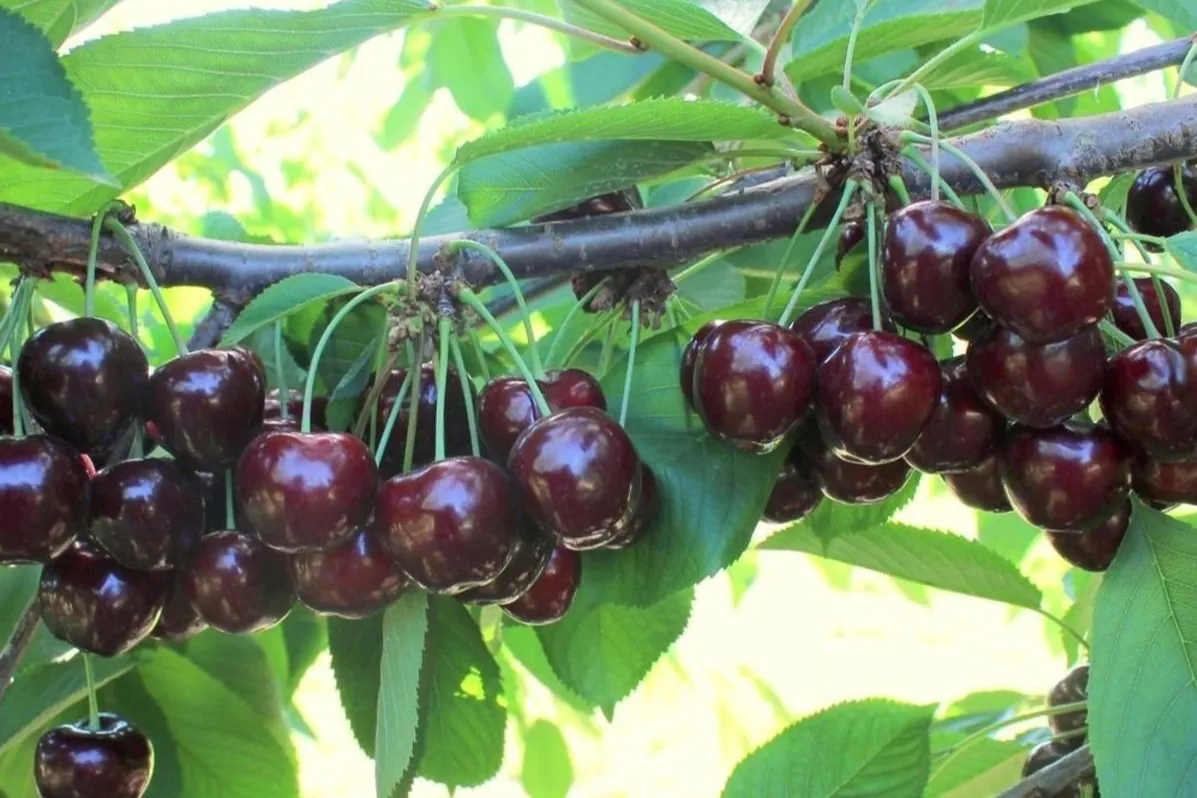Jessica Rodríguez, postharvest consultant and co-founder of Trío Kimün, provides recommendations ahead of the new season.
During the 2024–25 Chilean cherry season, decay upon fruit arrival was one of the key factors behind the price collapse experienced by the industry in China.
This was stated, in an exclusive interview with Mundoagro, by Jessica Rodríguez, postharvest consultant and co-founder of Trío Kimün, noting that brown rot caused by Botrytis had a “significantly higher incidence compared to previous years.”
Causes and Management
According to the expert, this was due to the high production loads recorded during the season, which likely led to improper application of crop protection products given the fruit surplus.
As a result, if a similar situation arises in the coming season, growers must ensure not only that they have chosen the correct product and dosage, but also that application is performed properly, reaching all fruit.
Weather is a key factor in decay, as rainy or very humid seasons increase susceptibility to damage.
Control and Prevention
However, Rodríguez stressed that “this season, given the disastrous economic returns of last year, growers must be mindful of the need to be efficient in expenses, but with logic, because orchard health cannot fail.”
If growers cut back on treatments, fruit becomes more vulnerable to decay and pests, “and there is no margin for error for the industry after the 2024/25 losses.”
Rodríguez explained that postharvest and packinghouse treatments protect healthy fruit. However, “if fruit already arrives from the field infected, postharvest measures may not be enough to stop the problem.”
Critical Processing Stages
For this reason, Rodríguez emphasizes the importance of monitoring orchards and maintaining effective control, applying products at the right times and following technical recommendations.
“Sometimes the products are available, authorizations are in order, but the machine calibration or dosage is wrong due to error. Special attention must be given to this part of the process to avoid problems,” she warned.
The most important aspect, according to the expert, is sanitary control of the water system, since cherries are handled entirely in water due to their sensitivity to mechanical damage.
“Water can become a vehicle for cross-contamination. If fruit from one grower with fungal presence enters and water sanitation is not under control, the problem can be transferred to a grower who did not have it,” she explained.
Goals for the New Season
From this standpoint, maintaining sanitary control by using the chosen sanitizer at the correct dose ensures that any fungus present in the water is eliminated through treatment.
In-line fungicide treatments are another key point to protect healthy fruit and prevent it from being contaminated by potentially infected fruit. This prevents entire boxes from being discarded due to excessive decay.
“The goal is to reach zero decay. Even a single rotten fruit can affect the price, which is why the cleaning stage, carried out through imaging systems to classify defects, is very important,” Rodríguez stressed.
Production Strategies
Following last season’s profitability issues, Rodríguez noted that the focus is now on fruit size.
“We are all trying to minimize small sizes, eliminating size L, because today profitability is directly tied to fruit size,” Rodríguez explained.
Beyond size, growers are aware of the importance of maintaining sufficient productivity, with a certain number of kilos per hectare, to ensure the activity remains profitable.
Quality and Evaluation
However, she pointed out that regarding quality and firmness, while the requirements are clear, it is equally important to be mindful of execution. “Sometimes we do the work, but the question is: how well are we doing it?”
In light of this, Rodríguez reiterated that the priority today is to evaluate how operations are being carried out, “because this industry, as it stands, does not allow for mistakes: market expectations are increasingly high.”
Today there are machines and tools to check quality parameters, but sanitary conditions are more difficult to detect, and even if appropriate technologies exist, the problem lies in cost.
Pest and Disease Control
“Samples can be sent to specialized laboratories for tests to detect fungal presence and verify whether the orchard has been properly managed. Pest infestation control can also be monitored, but these are additional costs that in some cases must be covered,” she clarified.
She also stressed that this year growers cannot afford the presence of Lobesia, since last year almost 50 growers were affected by the pest, resulting in fruit being deemed unsuitable for many markets.
As a final recommendation, Rodríguez said that in the new season “it is necessary to be logical in savings, efficient, and to monitor that available resources are applied correctly.”
Image source: LWG
Sebastián Ramírez
Mundoagro
Cherry Times - All rights reserved












